Every year, we honor our #Tech4Wildlife Photo Challenge participants by sharing our top honorees whose impressive, impactful, and innovative projects demonstrate how technology is transforming the conservation field. We've seen tech users and makers from around the world, working in every possible environment and with every type of tool, and the stories shared in our past #Tech4Wildlife Photo Challenges have reached over 1.5 million viewers, and even been featured in the New York Times.

This year, our Top Honorees across five categories have been selected by a panel of voters from WILDLABS' leading partner conservation organizations, including World Wildlife Fund, Fauna & Flora International, and Wildlife Conservation Society. In addition to hosting our first-ever Community Choice Awards, where we welcomed voters to choose the #Tech4Wildlife Photo Challenge entries that represent the WILDLABS community’s many impactful and innovative projects, we’ve brought together these panel members to help us tell the ever-changing story of conservation tech.
Our photo challenge entries capture a powerful snapshot of how people are using and making conservation technology around the world and revolutionizing how we monitor and protect wildlife, and our expert panelists have, through their votes, shined a light on what matters in the conservation tech field right now, and where your innovations may lead us next.
We hope the #Tech4Wildlife Photo Challenge allows both our community and the public at large to feel better connected to conservation efforts, to appreciate the spirit of innovation that is driving our field, and to follow the inspiration found within these entries and put their own skills - whatever they may be! - to use in supporting projects like these. Please join us in celebrating this year’s Top Honorees as chosen by our panel of judges, and enjoy the story contained within these entries about how our global community is using conservation tech, and how their bold and innovative ideas will continue to transform our field in years to come.
Tech in Action

Our Tech in Action honorees showcase innovative or tried-and-true technology being deployed or used in the field. Our community voted on entries that not only capture the effectiveness of these tools, but also put the excitement of working with conservation technology on display.
Our top honor in this category went to the Third Millennium Alliance for their posts not only showcasing the challenging yet exciting process of deploying unique AI-enhanced acoustic monitoring tools that monitor for threats in real-time in the rainforest canopies of Ecuador, but for their glimpse into all the technological components and pieces that come together to make acoustic monitoring possible. Our Tech in Action runner-up, Iguanas From Above, captured our judges' attention for their birds-eye drone footage of marine iguana populations in the Galapagos Islands. And like many of our Community Choice Awards honorees, both projects use AI, one of the most in-demand conservation tech tools - and one that promises to change how we monitor species as it becomes increasingly accessible and effective!
Our next Tech in Action honoree, Alvaro Garcia, shared photos from a carnivore collaring project in Peru. The San Diego Zoo Wildlife Alliance was also placed in this category for their photos of tiny trackers deployed on endangered Hawaiian bird species. Finally, honoree Rainforest Connection earned a spot for their updates on their acoustic monitoring projects in Puerto Rico, including updates on their machine learning-powered Arbimon platform that analyzes acoustic data.
1st Place: Third Millennium Alliance (TMA)




Third Millenium Alliance (TMA) was founded in the early 2000s, aiming to address the global challenge of sustainability and ecological resilience. TMA purchased 100 acres of rainforest in Ecuador's coastal mountain range and established the Jama-Coaque Reserve (JCR). Over the years, the reserve has expanded to 2,000 acres, with a research center and a regenerative agroforestry site. TMA now focuses on a Community Reforestation Program to combat deforestation and promote sustainability. Their ultimate goal is to create a conservation corridor in northwest Manabí, connecting the last remnants of Ecuador's Pacific Forest.
Runner-up: Iguanas from Above

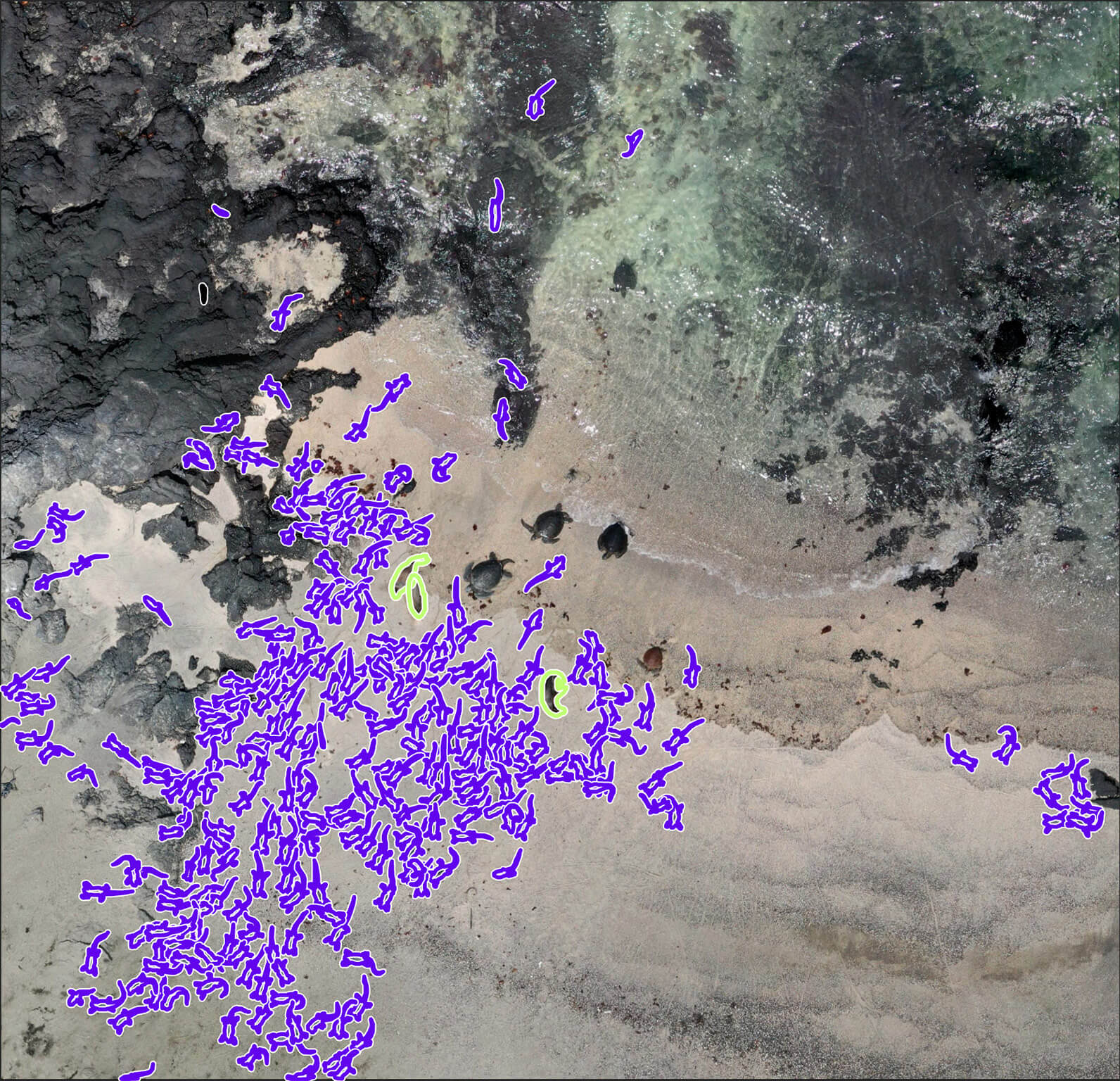
Iguanas from Above collects photographs from Galápagos Islands' coastlines to count marine iguanas for conservation purposes. Marine iguanas are an endemic and threatened species unique to the islands. Using innovative methods like drones and machine learning, they aim to estimate population size and locations, develop a conservation plan, and create a repository of high-quality images for future environmental assessments. They also plan to involve citizen scientists through the Zooniverse platform to contribute to the counting efforts.
Honoree: Alvaro Garcia




Alvaro Garcia is a biologist with a Master's in Ecology and Conservation. He collaborates with the Department of Mastozoology at CORBIDI and is the Peruvian Representative of the Wild Felid Research & Management Association. He specializes in studying and conserving medium to large mammals. His master's thesis focused on the impact of free-ranging dogs on mesocarnivores in agroforestry landscapes of the Atlantic Forest. Currently, he co-leads the Peruvian Desert Cat Project and has prior experience working with shorebirds and birds from the dry forest.
Honoree: San Diego Zoo Wildlife Alliance


San Diego Zoo Wildlife Alliance is a nonprofit conservation organization integrating wildlife health, care, science, and education to develop sustainable conservation solutions.
Honoree: Rainforest Connection

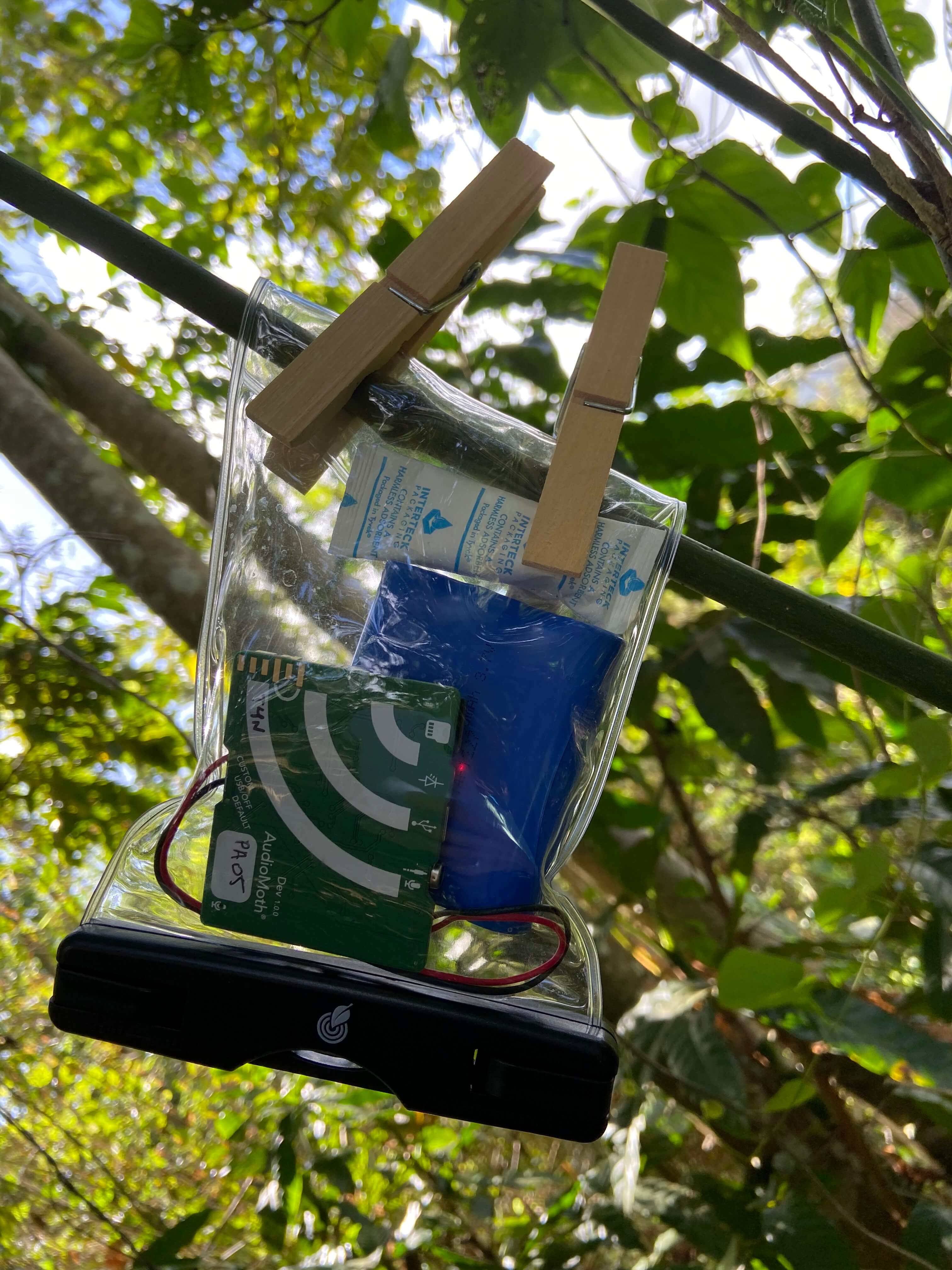

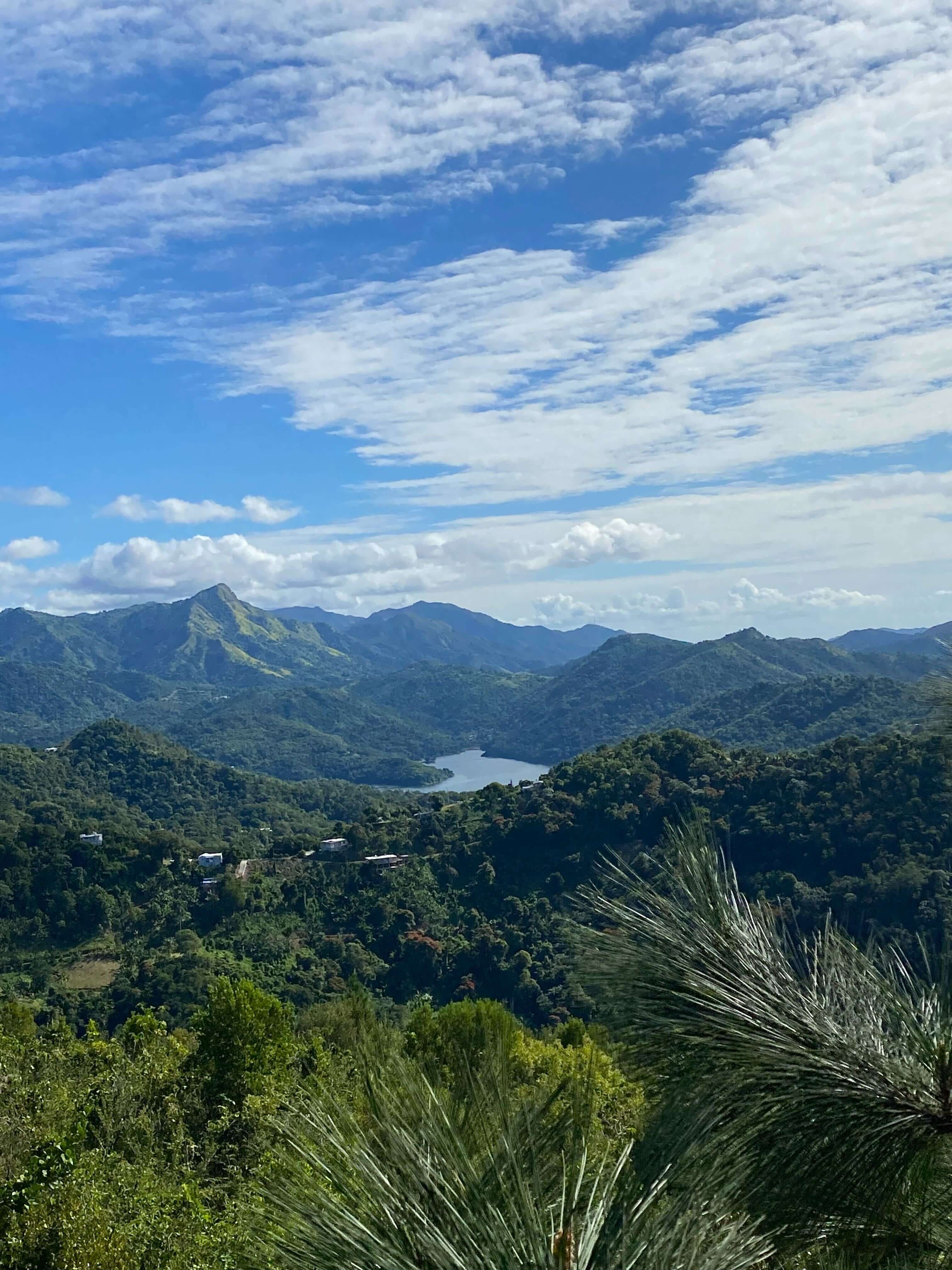
Rainforest Connection (RFCx) is an organization that constructs and implements scalable and open acoustic monitoring systems. These systems serve multiple purposes, including the ability to combat illegal logging and poaching activities, as well as facilitating the measurement and monitoring of biodiversity. Through their technology, RFCx aims to protect rainforests and wildlife by leveraging real-time audio data to detect and respond to threats effectively.
Tech Innovations

Our Tech Innovations entries showcased new ideas, a creative, outside-the-box use of technology, and sometimes even exciting projects beginning to develop. Like those chosen in our Community Choice Awards, our panel of judges have also selected entries that serve as a fascinating snapshot of what technologies matter to our field right now, and help us envision where conservation technology's future evolutions will take us.
First Place in Tech Innovations went to Luci Kirkpatrick, who showed us tiny, extremely light biologging gear sported by frogs and rodents. Given our heavy focus on movement ecology and the next phase of biologging technology's evolution this year in our Tracking Progress program, we're thrilled that our panel recognized how innovative tracking technology like this is poised to revolutionize movement ecology data collection and wider conservation efforts.
Next, we saw Andrew Nosal take the runner-up prize for his entry, demonstrating how computer vision and drones can work together to track the movements of large communities of leopard sharks. Andrew took two honors in our Community Choice Awards as well, and his success in this year's photo challenge further emphasizes how important AI tools are becoming to conservation technology work as a whole. Likewise, WildMe, another Community Choice Award honoree, also grabbed our panel's attention for their own work demonstrating a unique method for using AI to identify wildlife.
Our next honoree, Save the Elephants, shared an effective but surprisingly low-tech solution to encouraging peaceful co-existence between humans and elephants: beehive fences! By educating local communities about solutions like this, Save the Elephants is helping to combat human-wildlife conflict, a major conservation challenge in many critical regions. Finally, Juan Lopez was honored for an extremely creative tech set-up that studies the vibrational communications of insects.
1st Place: Luci Kirkpatrick





Luci Kirkpatrick is a junior FWO research fellow studying how individual behavior and characteristics affect disease transmission. She is currently involved in two projects focused on improving environmental management to reduce disease risks through restoration practices and agroforestry approaches. Additionally, Luci is the CEO of IoSA BV, an animal tracking company. Her previous work includes projects on arenavirus spread and evolution and habitat management's impact on nocturnal biodiversity and behavior, especially bats. She is passionate about understanding anthropogenic impacts on biodiversity and its consequences for animals and humans.
Runner-up: Andrew Nosal
Here, 180 leopard #sharks have been tracked using #computervision from #drone footage captured off #SanDiego (that's a harbor seal that spooks a few of the sharks). Next three tweets show tracking results. @PLNU @Scripps_Ocean #sharkscience #SharkWeek #Tech4Wildlife (1/4) pic.twitter.com/f8voX013NC
— Andrew Nosal (@AndrewNosal) July 24, 2023



Andrew Nosal is a San Diego-based interdisciplinary scholar with 10+ years of teaching biology, ecology, oceanography, and environmental science. He is an Associate Professor of Biology at Point Loma Nazarene University and a marine biologist at Scripps Institution of Oceanography. Andrew’s research expertise lies in animal movement ecology, particularly with sharks and rays. He is also dedicated to public science outreach and advancing diversity, equity, and inclusion in STEM.
Honoree: WildMe
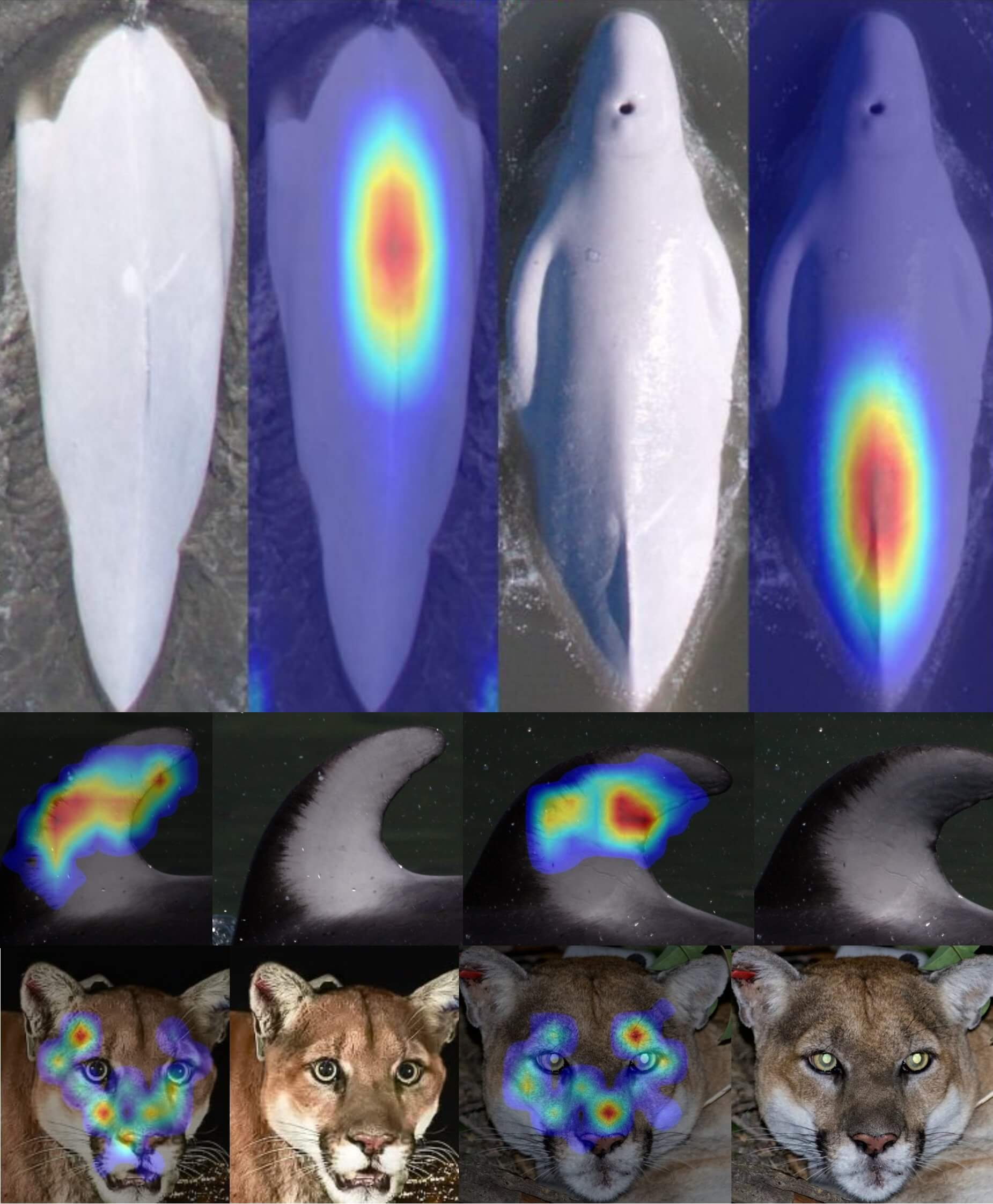
WildMe's mission is to support wildlife research and conservation by using photography and AI-powered computer vision to identify individual animals. They aim to combat the sixth mass extinction by providing efficient and accurate animal monitoring techniques. Their Codex platforms offer customizable tools for fast computational photo-identification, enabling global collaboration among researchers, tourists, and the public to identify species and contribute to conservation efforts.
Honoree: Save the Elephants
Save the Elephants is dedicated to securing a future for elephants through specialized research and scientific insights into their behavior and movements. They use high-tech tracking and low-tech solutions like beehive fences to promote coexistence with humans while protecting communities and providing income. Education and outreach programs share these insights with local communities. They also run the Elephant Crisis Fund in partnership with the Wildlife Conservation Network, supporting NGOs combating the ivory trade and protecting elephant landscapes.
Honoree: Juan Lopez


#Tech4Wildlife 2/2 And the full setup ready for several days of recordings. A lot of fine equipment here that needs shade from the sun. In the video you can also hear a small sample of the "sounds" (vibratory signals) recorded there! @WILDLABSNET pic.twitter.com/SgYJ5yv4wy
— Juan López (@juanetino) July 25, 2023
Juan Lopez is a Ph.D. student at the National Institute of Biology in Slovenia studying biotremology, the study of vibrational communication in insects. He is also a curator for VibroLibrary, a collection of vibrational signals recorded in hay-meadow habitats.
Tech Impacts

Tech Impacts is among the most important categories in this year's #Tech4Wildlife Photo Challenge because it recognizes not only exciting projects, but why conservation tech work matters. Our Tech Impacts honorees showcase how technology has made a difference in conservation efforts through valuable data, informing policy, protecting wildlife or habitats from crime or natural disasters, or saving entire species.
This category has the rare honor of sharing its top two awards with your Community Choice Award selections, which speaks to how clearly both projects showcased the impact of their work, and how their projects have continually inspired community members and conservation leaders throughout the years! Returning champion Andrew Digby earned our panel's top honor in this category for his continuing work with the endangered kakapo population of New Zealand, where conservation tech allows for comprehensive monitoring and care for each and every surviving bird. Another returning champion, BearID, took the runner-up position as they discussed how their popular AI method for individual bear identification could empower regional conservation efforts.
The next Tech Impacts honorees from ICAS - Wild Animal Conservation Institute showcased how camera traps and telemetry have allowed them to capture footage of rare giant armadillo babies for the first time ever. Next, Wolf Fish demonstrated how drones could help spot and address human impacts on wildlife, such as a shark caught on abandoned fishing gear. Finally, Muongeni Tamara Manda shared photos from an eDNA biodiversity monitoring project, an area of noninvasive study rapidly growing within our community!
1st Place: Andrew Digby


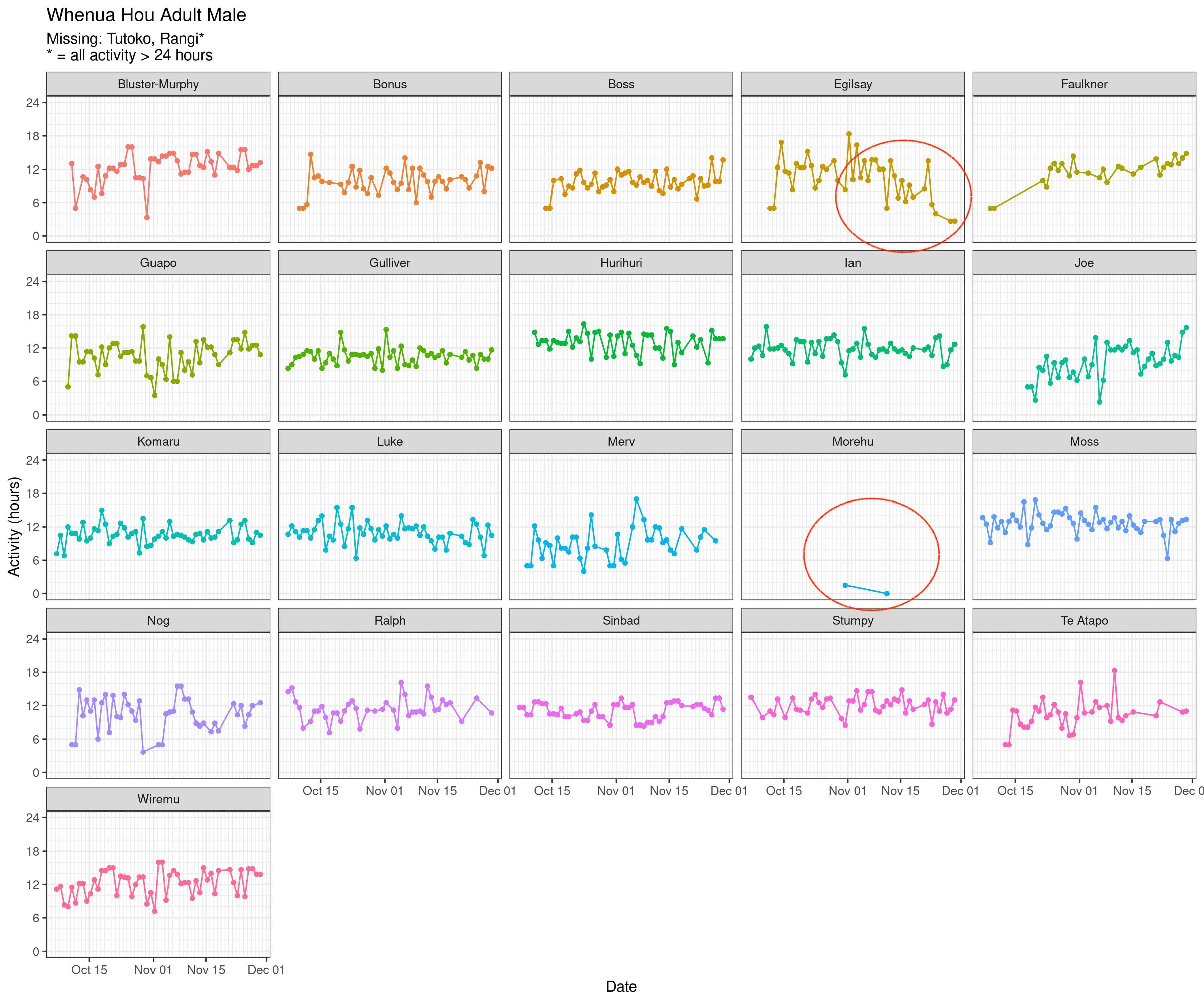

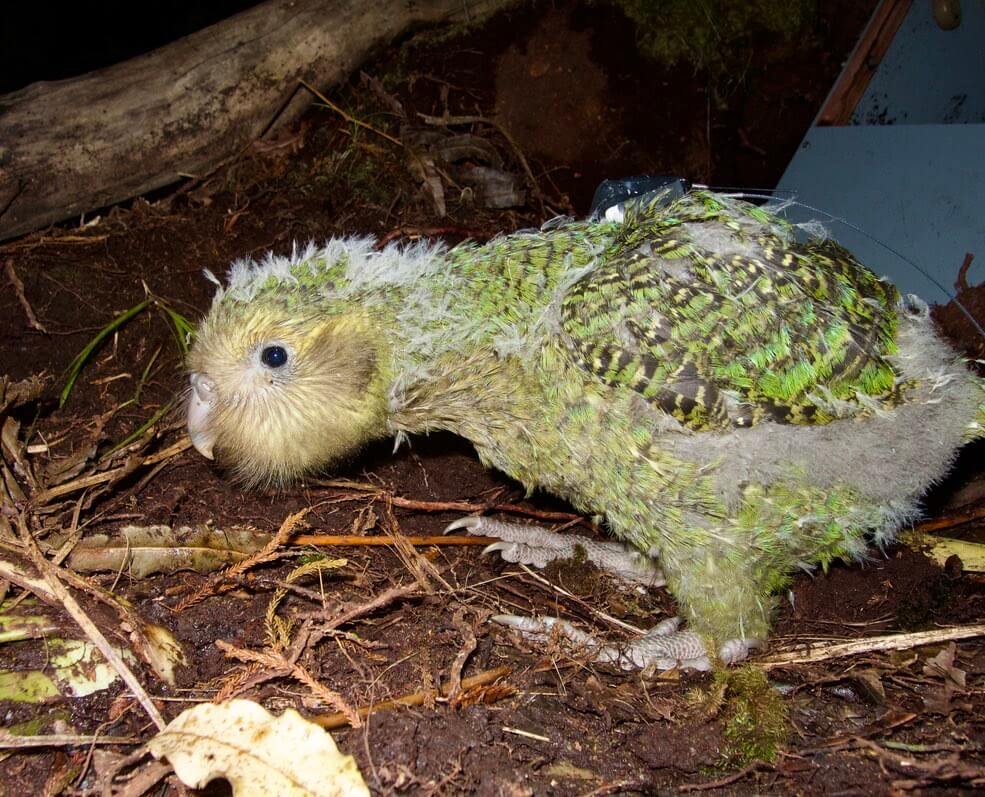



Andrew Digby is a scientist at the Department of Conservation in New Zealand, specializing in kakapo and takahe. Originally from the UK, he pursued a career in astronomy, completing a Ph.D. at Edinburgh University. After a NASA postdoctoral fellowship in the US, he moved to New Zealand and worked in meteorological research. Andrew later switched to ecology, earning a Ph.D. in Conservation Biology at Victoria University of Wellington, focusing on kiwi research. Read about his current work here.
Runner-up: BearID Project
For @WILDLABSNET #Tech4Wildlife week this year we wanted to tell you a little more about ⚡️The whys of the BearID Project⚡️ Why do the whys matter? Tech4Wildlife that is rooted in solving real-world problems holds the most potential for application to conservation.1/n pic.twitter.com/1JdYWOra6J
— BearID Project (@bearid_project) July 28, 2023
For @WILDLABSNET #Tech4Wildlife week this year we wanted to tell you a little more about 





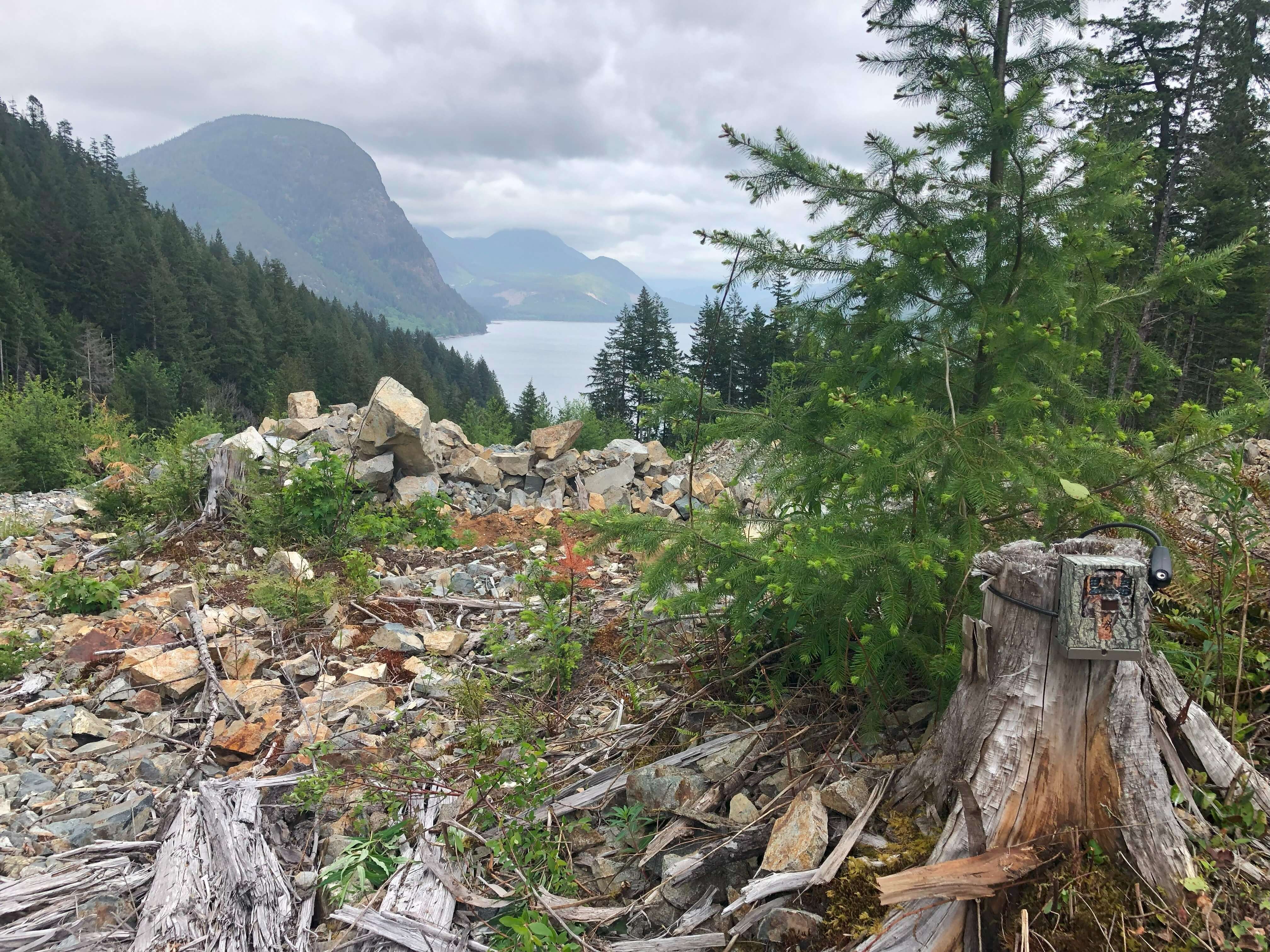


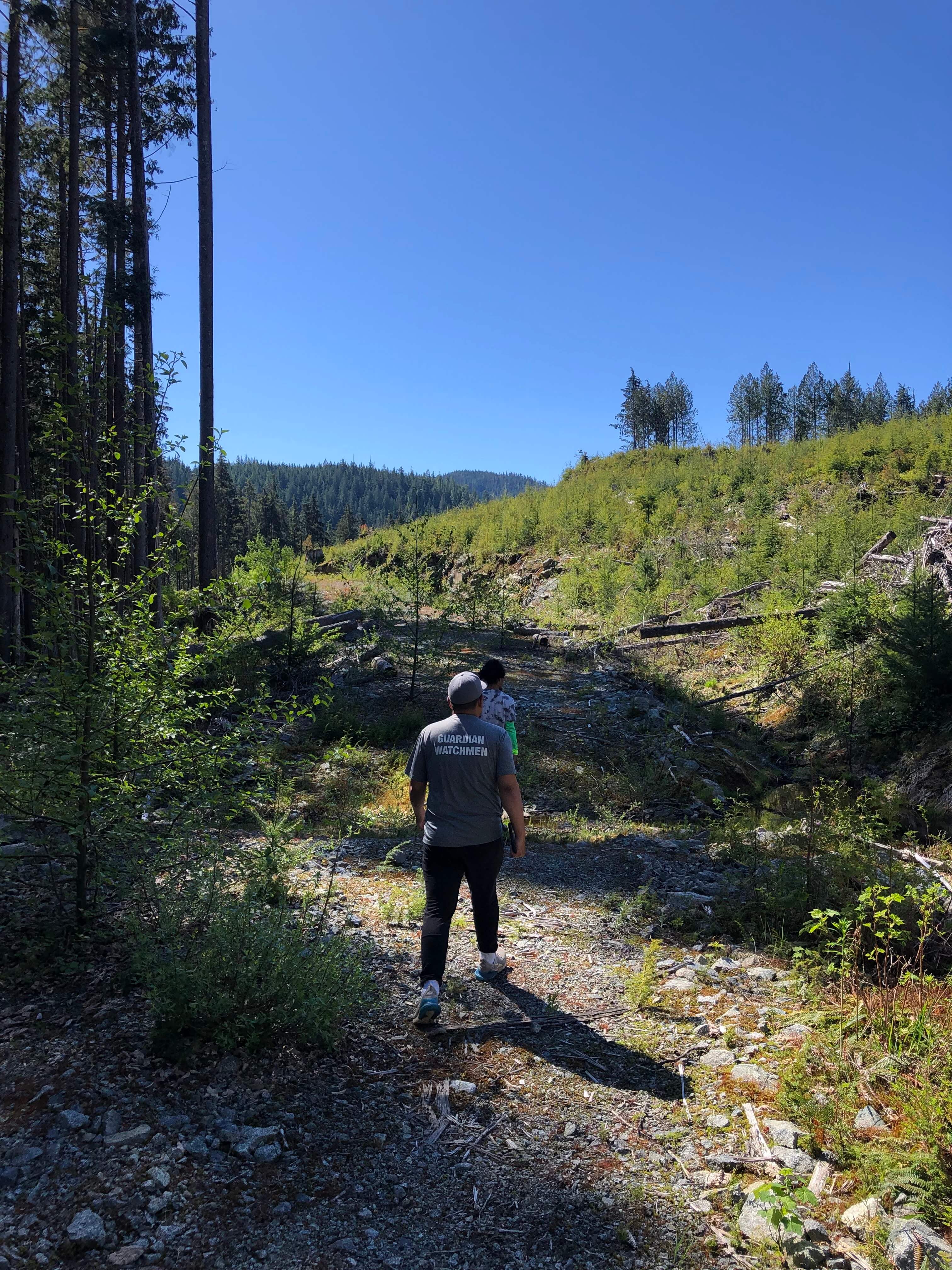

BearID Project uses machine learning and face recognition to identify individual bears from remote camera trap imagery. The software tool aims to provide a new survey technique for researchers and wildlife monitoring, with broad applications for scientists, managers, governments, industries, and community scientists. The approach can be applied to other species beyond bears, supporting global conservation efforts.
Honoree: ICAS - Wild Animal Conservation Institute
#Tech4Wildlife photo challenge, D4! 📍🇧🇷
— Icas - Wild Animal Conservation Institute (@IcasWild) July 27, 2023
Thanks to telemetry and camera traps, our team could document baby giant armadillos for the first time!
Giant armadillos are the biggest and rarest of all armadillos. They are threatened with extinction.
1/3🧶@WILDLABSNET
📹@ReconyxInc pic.twitter.com/gLxYScse3e
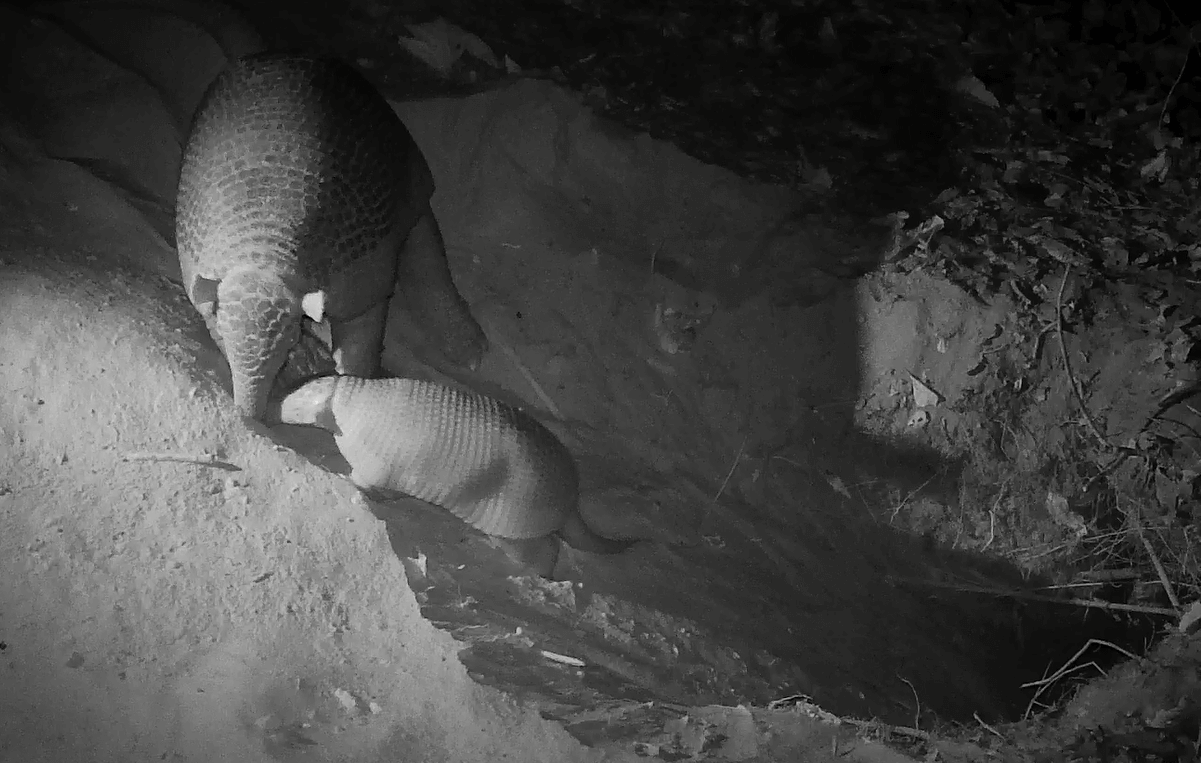


ICAS - Institute for the Conservation of Wild Animals is a non-profit organization dedicated to conserving biodiversity. It produces science-based knowledge to promote harmonious coexistence between humans and wildlife. ICAS aims to be a leading organization in scientific research focused on conserving biodiversity and presenting innovative solutions for endangered species, particularly the armadillo-canister and the bandamidle. Learn more about its projects here.
Honoree: Wolf Fish


From this discovery, the team were able to inform the relevant organisations on the island.
Follow our project here- https://lnkd.in/dZHuJAWw
Tania Kanchanarak Sol Milne, PhD
WILDLABS Community #wildlabs4tech#tech4wildlife #aerialsurvey #sharkresearch#sharkweek #sharkscience
Wolf Fish is an anti-colonial company focused on building local capacity in environmental surveying. They believe in empowering local communities to protect their environments by providing them with skills and knowledge. Using aerial surveys, they monitor environmental changes and train communities to utilize the data for land use planning and habitat restoration.
Honoree: Muongeni Tamara Manda


Intelligent Net Positive Impact on Biodiversity is a concept that seeks to use intelligent technology and innovative approaches to promote biodiversity conservation and enhance the sustainability of human activities. The idea is to reduce the negative impacts of human activities on the environment and aim to create a net positive impact on biodiversity. This approach involves identifying areas of high biodiversity value and implementing measures to protect and enhance these areas. #Let's protect for our future generations #
#naturemetrics #fauna&flora #angloamerican #conservation #eDNA
#Tech4Wildlife
Muongeni Tamara Manda is a geoinformatics and environmental conservation student at the Chinhoyi University of Technology. She is also involved in various leadership roles and has won awards in environmental challenges and hackathons.
Species Spotlights

Our Species Spotlights participants showcased outstanding photos or videos of wildlife, whether captured through technology like camera traps or drones or captured in the field while working with tech tools for biologging, bioacoustics, and more. Our judging panel was blown away by the breathtaking images shared in this year's #Tech4Wildlife Photo Challenge, and these honorees' winning pictures are a wonderful reminder of the reason our community members have devoted their careers to conservation tech: an enduring love for wildlife and the many species we’re trying to protect around the globe.
This category's top honoree Luciano Foglia shared an absolutely stunning photo of rare snow leopard cubs spotted by rugged camera traps, an up-close and personal view that would've been impossible without conservation technology. Next, runner-up Save the Elephants returns to the honorees' circle with a wildly unique picture of wildlife interacting with conservation tech as a bull elephant carries a GPS collar in his trunk.
Nicole Corriveau, the Community Choice Awards winner in this category, earned an additional honor from our panel for her spectacular camera trap photos of African wildlife, from big cats to hyenas to elephants, all of which co-exist amongst local communities of the region. WildlifeACT Innovations shared a portrait of CM28, a cheetah monitored through GPS and LoRa tracking tech. Pictures like this remind us that the wildlife we work with aren't just data in a study - they're individuals with stories to share! Finally, Vainess Uwimana captured African white-backed vultures with a GoPro to monitor breeding season progress. As vulture species are threatened worldwide, efforts like these are vital for their populations to recover and thrive.
1st Place: Luciano Foglia

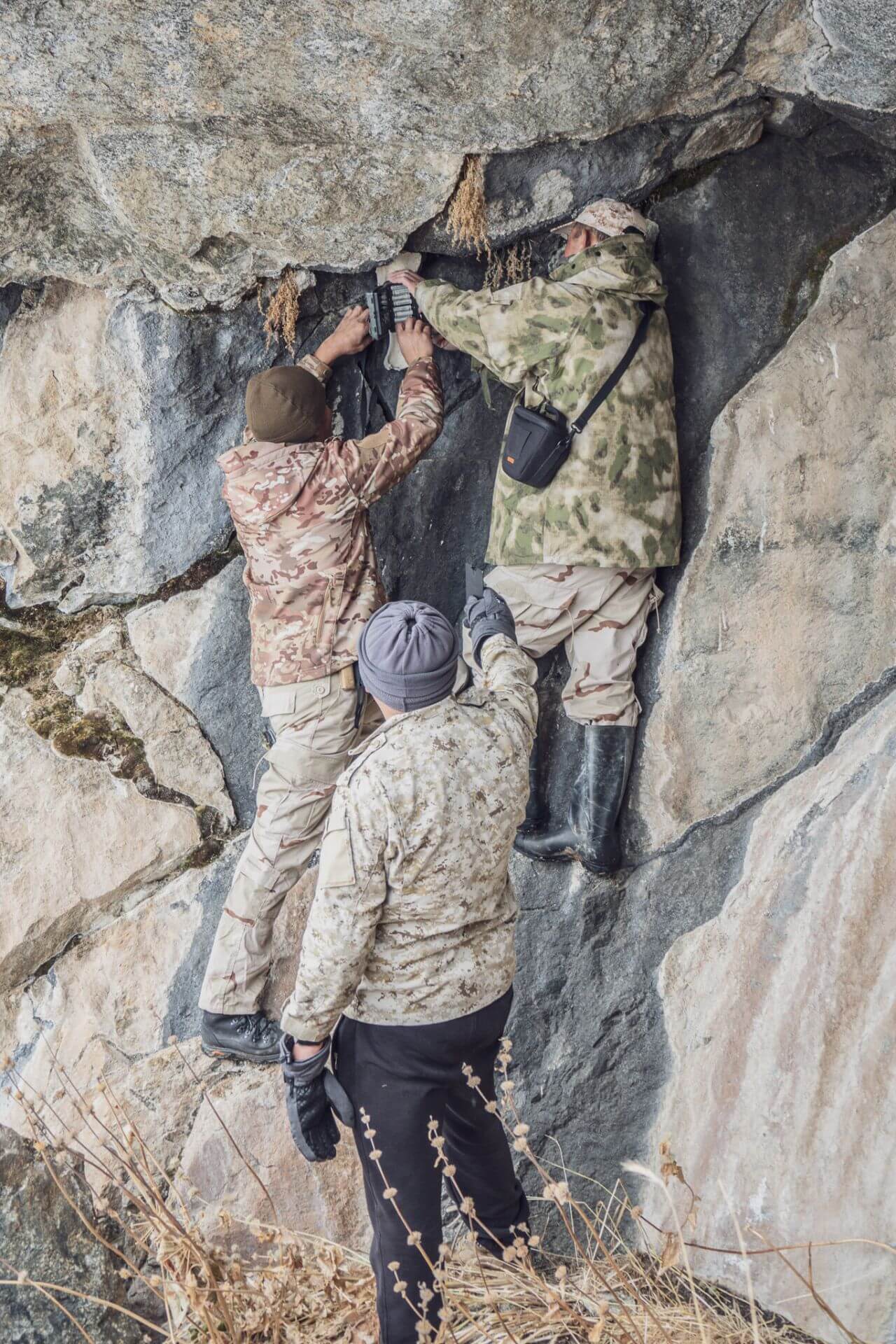
The cameras traps at Baiboosun are located within the snow leopard landscape, with some cameras reaching 3800 metres altitude. The task of collecting the footage and data involves a high level of risk for our team because of this.
To learn more about wildlife and conservation in the Tien-Shan mountains please visit www.baiboosun.com
©Image lucianofoglia.com
Luciano Foglia is an artist and designer with a love for nature that led him to become a wildlife conservationist. He combines his conservation experience with creative thinking to inspire solutions and raise awareness for protecting vulnerable species. With over 20 years of experience and international recognition, his core mission is to produce fresh, innovative, and impactful creative solutions at the intersection of art and technology, and to make a difference in preserving our natural world.
Runner-up: Save the Elephants

Save the Elephants is dedicated to securing a future for elephants through specialized research and scientific insights into their behavior and movements. They use high-tech tracking and low-tech solutions like beehive fences to promote coexistence with humans while protecting communities and providing income. Education and outreach programs share these insights with local communities. They also run the Elephant Crisis Fund in partnership with the Wildlife Conservation Network, supporting NGOs combating the ivory trade and protecting elephant landscapes.
Honoree: Nicole Corriveau








I was able to learn from the Carnivore Team at Lake’enok Resource Centre to capture data that is quite useful in a landscape shared by community members and large carnivores.
Also pictured: Julia Mast, Sarah van Driel, and Peter Meiponyi.
Nicole Corriveau is a Fish and Wildlife Technician for the Florida Fish & Wildlife Conservation Commission and recently graduated from the University of New England with degrees in Environmental Science and Climate Change Studies. She is experienced in avian research and climate communication and has worked with municipal government as secretary for the Biddeford Climate Task Force.
Honoree: WildlifeACT Innovations

Wildlife ACT Innovations is a partnership between Wildlife ACT Fund Trust and AWE Telemetry Systems, creating wildlife telemetry products used in various conservation areas, both public and private, to save endangered species and promote biodiversity conservation.
Honoree: Vainess Uwimana
Vulture ( in our case- African white-backed vulture) nest surveys in the western corridor of the Serengeti ecosystem would have been a nightmare without technology. pic.twitter.com/xLnim8GKI8
— nditoUwimana (@UwimanaVainess) July 27, 2023

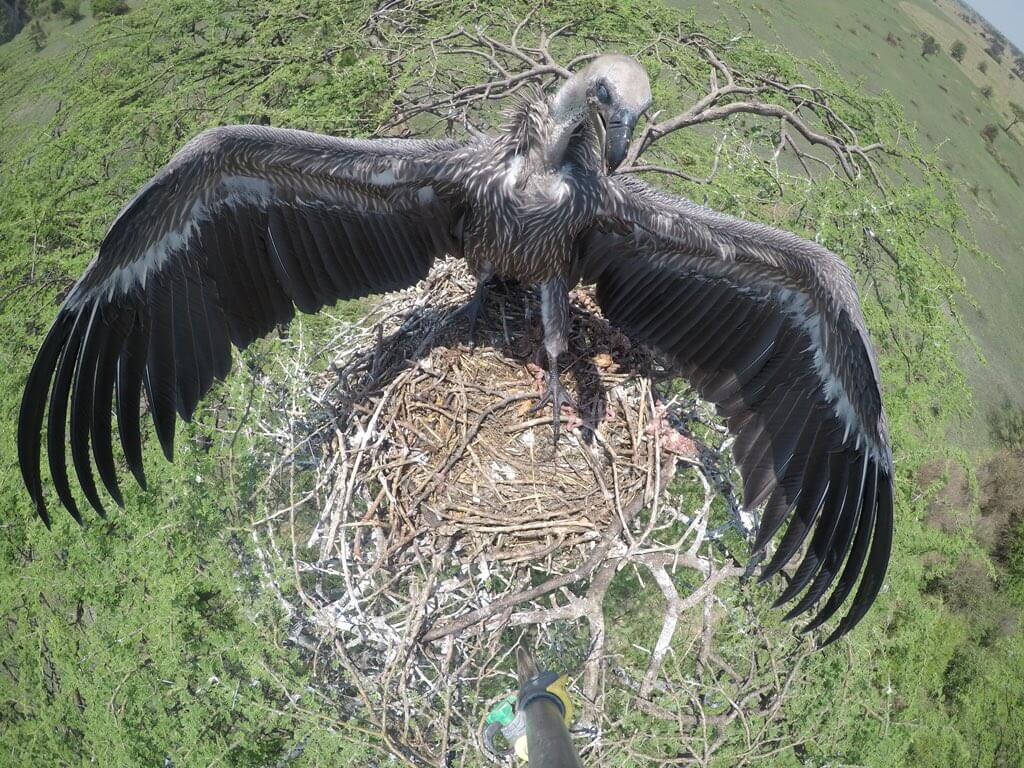
Vainess Uwimana is a RISE scholar at Grumeti Fund and completed its Women in the Field program. She supports the Women in Conservation Technology Programme in Tanzania with WILDLABS in partnership with RISE at Grumeti Fund, Fauna & Flora International, and ConTech Africa.
Community Science

Our final category, Community Science, celebrates honorees whose posts showcase how technology can help us connect people to conservation efforts, whether through engaging with local communities and building capacity for tech work, sharing wildlife and conservation stories with audiences around the world, or allowing people to connect with nature in their own lives. This category is a crucial reminder that wildlife conservation is not only about flagship species and large-scale efforts: it’s about all of us finding our own role to play in conservation with the skills and tools that are accessible to us.
Our panel's top honor went to the Center for Conservation Innovations, which discussed their successful conservation tech training of over 300 locals in the Philippines. These participants learned to use CyberTracker, SMART, and EarthRanger tools, which can help these communities respond to the impacts of natural disasters like typhoons. This work is a great example of why accessible conservation technology solutions matter and how empowering local communities to engage with conservation in their regions can have an enormous impact.
Our panel's runner-up prize went to Ostdrossel for videos of local birds and unique views inside of their nests. In a photo challenge stacked with captivating species, Ostdrossel's high placement in both our Judges' Panel Awards and the Community Choice Awards is a wonderful reminder of how technology can help us connect to local species and help the public appreciate and learn from nature on a deeper level, something that is absolutely vital if the world is to understand why conservation tech matters so much. Likewise, honoree Suzanne Dickerson grabbed the attention of our judges and community voters for her camera trap footage of the unique behavior of local raccoon families and their interactions in a space shared by many other species. Videos like these are often peoples' first engagement with conservation technology, and this category reminds us that we cannot underestimate the power of connecting people to the nature around them.
Next, Iguanas from Above once again entered the honorees' circle for their reminder that collaborations, promoting conservation tech work, and ensuring women and underrepresented groups in the sciences are celebrated as conservation leaders are all vital to the future of our field. And finally, Cetalingua Project was honored for sharing how citizen scientists help train AI models to analyze video and marine bioacoustics data, a project that is also a great entry point for non-experts who are interested in learning about and actively engaging with conservation technology like this for the first time!
1st Place: Center for Conservation Innovations (CCIPH)




Last year during our Green Assessment activity, our team led the training for local communities in Palawan to become citizen scientists. This was in response to the Super Typhoon Odette (internationally known as Rai).
In Post-disaster scenarios, environmental concerns are not always sufficiently incorporated into strategic planning at the outset of the reconstruction process, and that as a result, reconstruction efforts have contributed to further degradation of many areas affected by natural calamities. Employing both centralized and citizen science-driven streams of data gathering on defined damage hotspots widens the coverage of data capture, improves information, and strengthens decision-making.
Innovative tools for conservation like CyberTracker, SMART, and EarthRanger has allowed experts to engage locals in data capture and monitoring of their areas. Around 315 locals (and more since then!) were trained in the use of CyberTracker and EarthRanger. These people had backgrounds varying from students, barangay officials and volunteers, health workers, forest rangers, farmers, professional workers, and indigenous peoples. By capacitating the locals in biodiversity monitoring with the use of digital tools, data capture is made easier and faster, supplementing that of the Protected Area Management Offices and local government units.
The Center for Conservation Innovation Ph Inc. (CCIPH) is a non-profit NGO promoting effective and sustainable biodiversity conservation. It consolidates and facilitates conservation capacity, innovations, and successes through partnerships and capacity-building initiatives. Formerly known as Fauna and Flora International Philippines, CCIPH continues its work as an independent NGO, providing technical support and capacity development for various aspects of biodiversity conservation. It collaborates with individuals, organizations, and governments to enhance conservation practices and knowledge. CCIPH has expertise in various areas, including species distribution modeling, protected area management, community development, and wildlife monitoring systems. It also supports academic institutions and students in developing biodiversity and analytical skills.
Runner-up: Ostdrossel
I love using #Tech4Wildlife because it enables me to see what I normally would not see. It is great for nestbox monitoring - these #Chickadees were a delight earlier this season 1/5 pic.twitter.com/7BDd7Ut62E
— Ostdrossel (@Ostdrossel) July 25, 2023
I also have a camera in the #Bluebird box. It was only used once this season (usually there's three nestings) but it was so great to have the camera because the male disappeared and the female raised the babies herself. Here, they fledge. 2/5 pic.twitter.com/MwFBI9KlMx
— Ostdrossel (@Ostdrossel) July 25, 2023
I also use several @BirdsyT cams all around my property to see what the wildlife does. And I would not want to live without them. One of my highlights was this #owl coming to bathe several times. 3/5 pic.twitter.com/WYuLiG7DbC
— Ostdrossel (@Ostdrossel) July 25, 2023
I use them on the bath but also on feeding stations and change setups whenever I feel like it. I am livestreaming these on my website and on https://t.co/hdQ3QP4KvC, or what they call #BirdsyTV. 4/5 pic.twitter.com/e9asISogc3
— Ostdrossel (@Ostdrossel) July 25, 2023




Ostdrossel shares photos and videos using a homemade feeder camera setup with an action camera and macro lens for closeup shots. The setup produces up to 25,000 photos a day per camera. Additionally, they use a BirdsyTV camera with built-in AI to record videos of birds landing and store the clips in the cloud. View their RedBubble account here.
Honoree: Suzanne Dickerson
Suzanne Dickerson, or @CameraTrapSue, is a Colorado-based researcher and ecologist. She has gained a large online following by sharing trail camera footage of wildlife.
Honoree: Iguanas from Above


Iguanas from Above collects photographs from Galápagos Islands' coastlines to count marine iguanas for conservation purposes. Marine iguanas are an endemic and threatened species unique to the islands. Using innovative methods like drones and machine learning, they aim to estimate population size and locations, develop a conservation plan, and create a repository of high-quality images for future environmental assessments. They also plan to involve citizen scientists through the Zooniverse platform to contribute to the counting efforts.
Honoree: Cetalingua Project
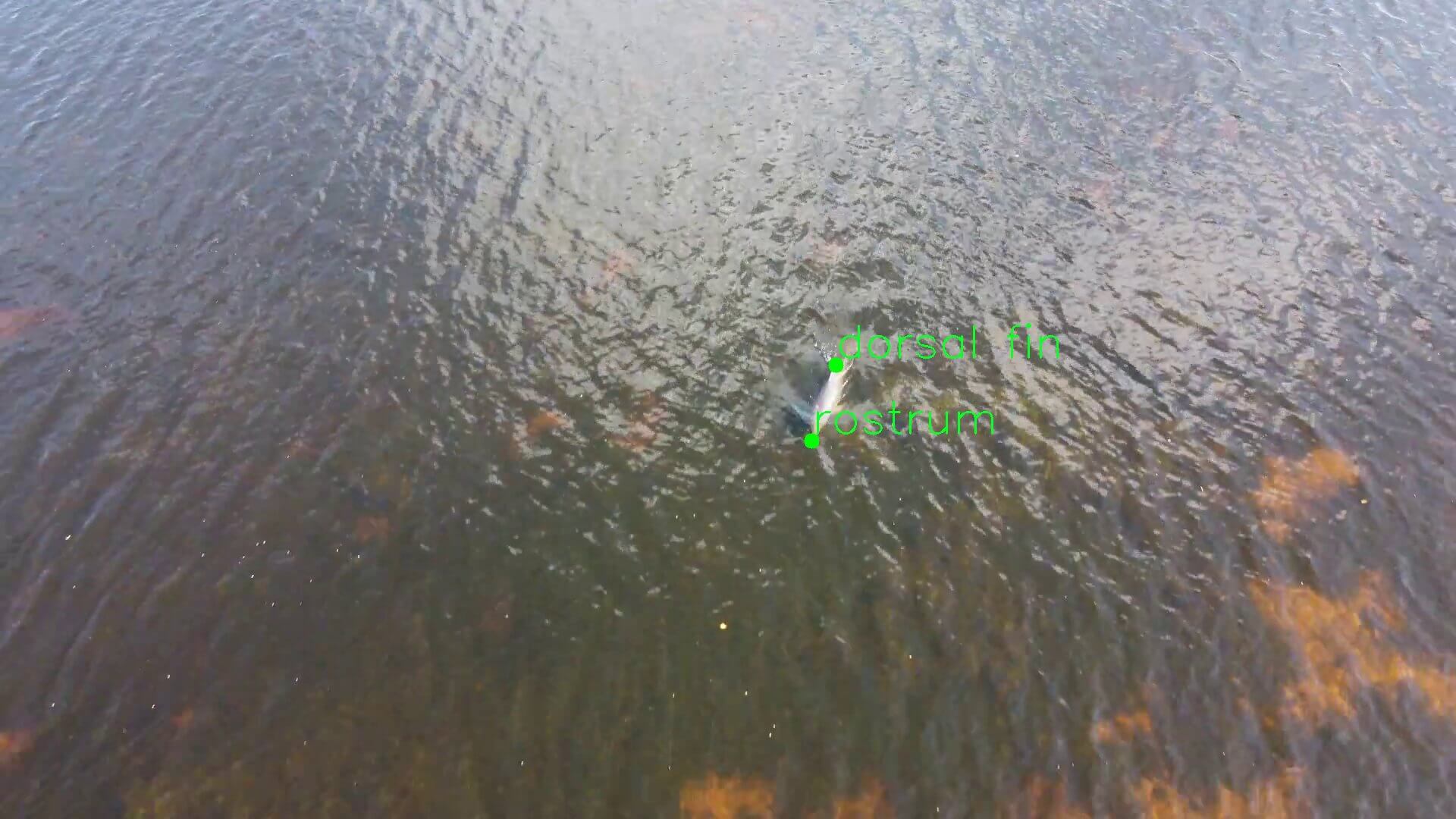


The Cetalingua Project aims to decode marine mammal communication using citizen science and AI. It involves analyzing large audio and video datasets to understand individual variations, call categories, and sequential information. The platform allows boaters, sailors, and marine mammal enthusiasts to contribute to conservation efforts by studying and understanding dolphin, humpback whale, and manatee vocalizations. The project's practical conservation benefits include tracking individuals, warning about the presence of marine mammals, and evaluating their health and activities. Participants gain access to AI-driven tools and resources for studying marine mammal behavior and communication, enhancing on-water experiences while contributing to conservation efforts.

Thank you so much to everyone who shared their stories with us in this year's #Tech4Wildlife Photo Challenge. Learning more about your work and presenting it to our community has been a privilege. We look forward to helping you share your conservation tech innovations and successes with our global community for years to come, and we hope to shine an even brighter spotlight on all of the vital work you do soon.
If you'd like to see all of this year's #Tech4Wildlife entry highlights and select posts from previous challenges, visit our #Tech4Wildlife Photo Challenge collection. Visit our Community Choice Awards announcement to see who you chose as your top honorees this year.
Thank you again for joining our eighth annual #Tech4Wildlife Photo Challenge - we can't wait to celebrate with you again next year!
Special thanks to our judging panel: The WILDLABS Team (Stephanie O'Donnell, Ellie Warren, Talia Speaker, Jake Burton, Maddie Federici, Fanni Varhelyi, and Esther Githinji), Anny Liang, Omar Torrico, Virginia Frediani, and Abigail Entwistle. We appreciate your help in celebrating this year's #Tech4Wildlife honorees!


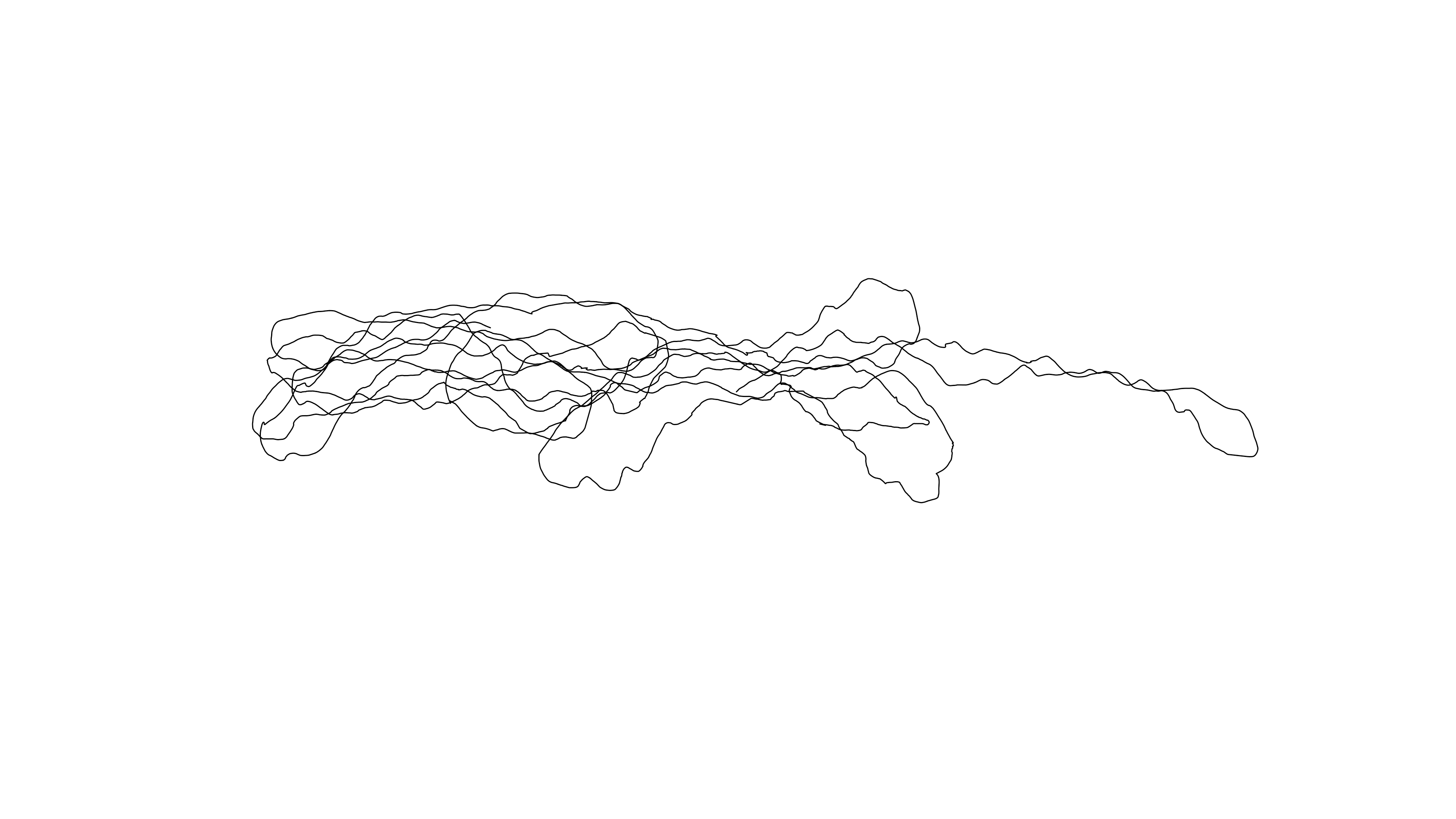
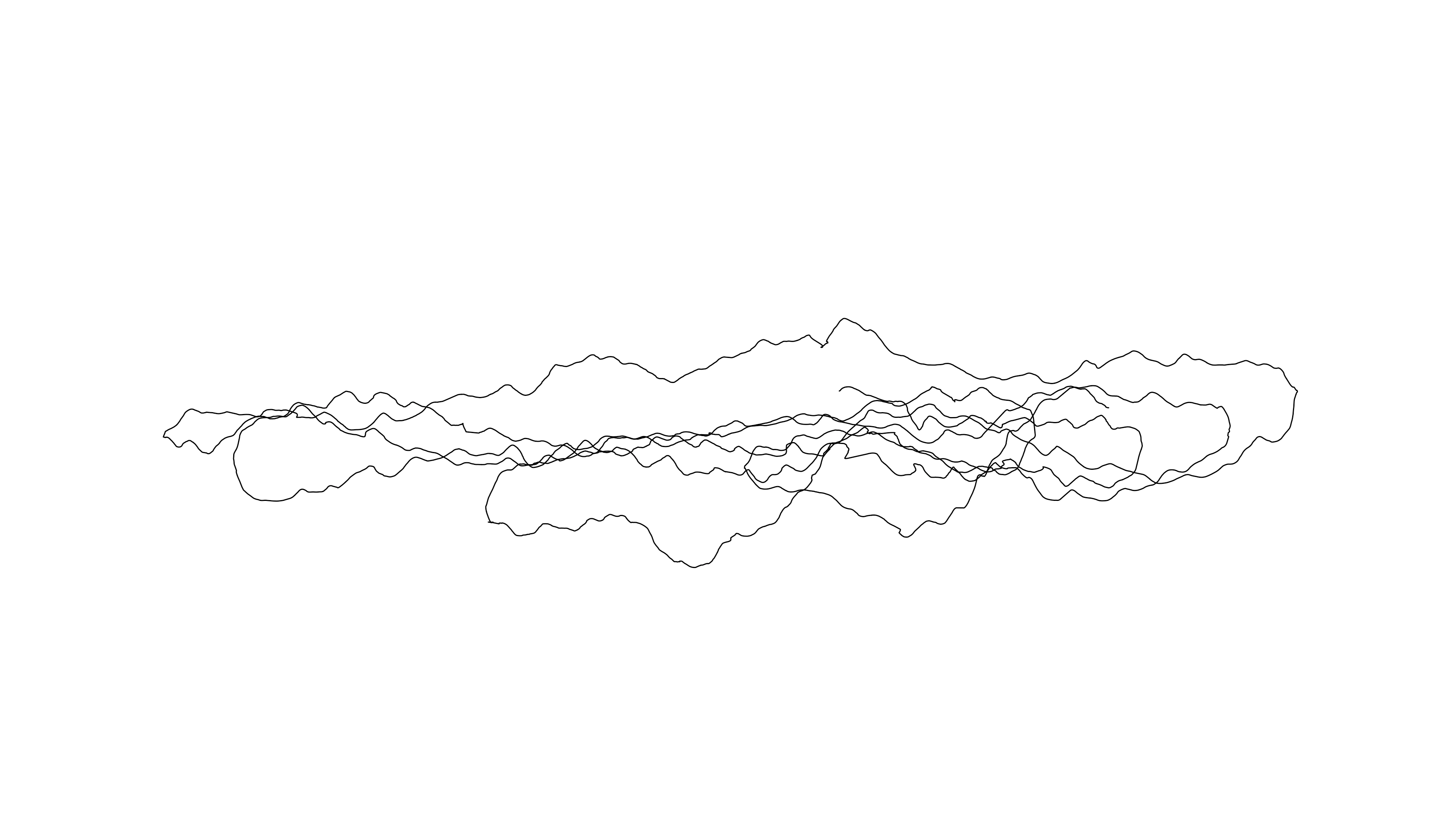


Add the first post in this thread.